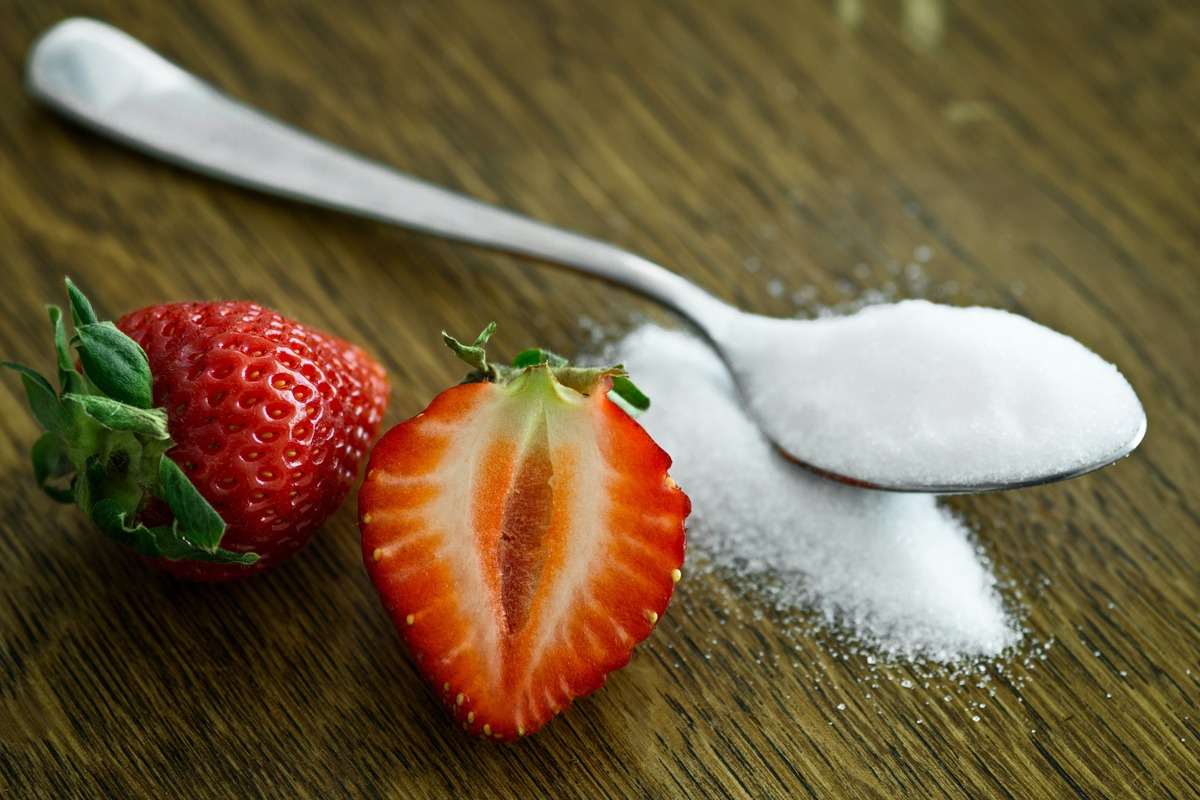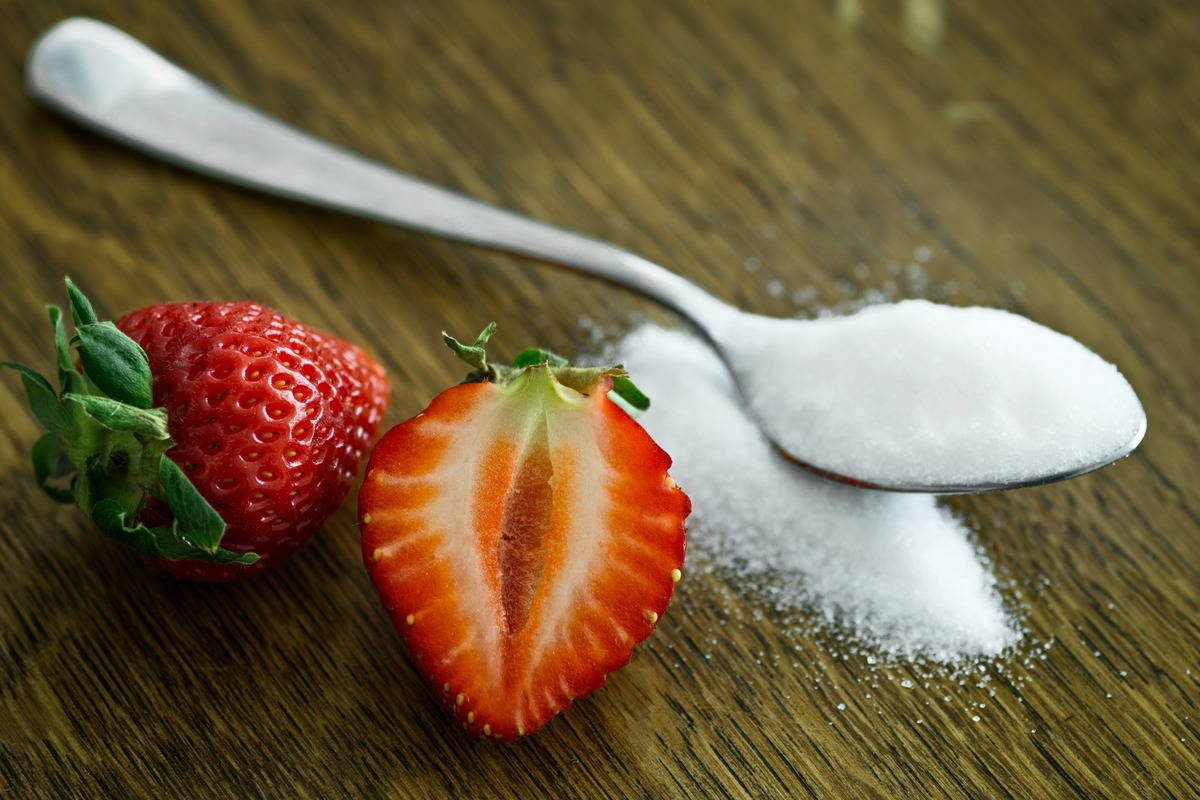
Newsletter Subscribe
Enter your email address below and subscribe to our newsletter

Enter your email address below and subscribe to our newsletter

As a chef with years of experience, I have encountered many different recipes and ingredients throughout my career.
One ingredient that often comes up in discussions about making jam is jam sugar.
In this article, we will explore what jam sugar is, how it is used in jam-making, and whether or not it is required for making jam.
In This Article
Jam sugar is a type of specialty sugar designed specifically for making jam. It is different from regular granulated sugar in that it contains added pectin, which is a natural gelling agent found in fruits.
Pectin helps the jam to set and gives it a firm texture. Jam sugar also typically contains citric acid, which helps to balance the acidity levels in the jam.
This ensures the jam has a tart and tangy flavor that is well-balanced.

Jam sugar can be used in place of regular granulated sugar when making jam. When using jam sugar, there is no need to add additional pectin or citric acid as these ingredients are already present in the sugar.
This can make making jam easier and quicker as you don’t need to worry about adjusting the amount of these ingredients in your recipe.
The short answer is no, jam sugar is not required for making jam. It’s entirely possible to make jam using regular granulated sugar and to add pectin and citric acid separately to achieve the same results as using jam sugar.
However, using jam sugar can make the process of making jam easier and more foolproof. The pre-measured amounts of pectin and citric acid ensure the jam will set properly, and you won’t need to worry about adding too much or too little of these ingredients.
Additionally, if you are using a fruit with low pectin content, using jam sugar can help achieve a firmer set than what would be achieved using regular sugar alone.
Overall, while jam sugar is not a requirement for making jam, it is a helpful tool to have in your kitchen if you’re an avid jam maker.
As a chef, I have used jam sugar in many of my recipes, and I can attest that it makes the process of making jam more manageable.
When I’m in a rush or creating large batches, I appreciate the convenience of having pre-measured amounts of pectin and citric acid in the sugar.
It takes out the guesswork and eliminates the possibility of over or under-adjusting the measurements.
That being said, I have also made delicious jams using regular granulated sugar and adding pectin and citric acid separately.
It just requires a bit more attention to detail and adjusting the ingredients as needed.
In the end, whether you choose to use jam sugar or not, the most important ingredient is the fruit. The quality and ripeness of the fruit will ultimately determine the flavor and texture of your jam.
So, be sure to choose fresh, ripe fruit and experiment with different sugar options to find what works best for your taste buds.
Jam sugar contains added pectin and citric acid, while regular sugar does not. Jam sugar is a specialty sugar explicitly designed for making jam.
Yes, you can use regular sugar instead of jam sugar. Simply adjust the amount of pectin and citric acid you add to the recipe accordingly.
Yes, it’s possible to make jam without sugar. However, you will need to use a sugar substitute that is suitable for making jam, such as honey or maple syrup. Keep in mind that the texture and flavor of the jam may differ from traditional jam made with sugar.